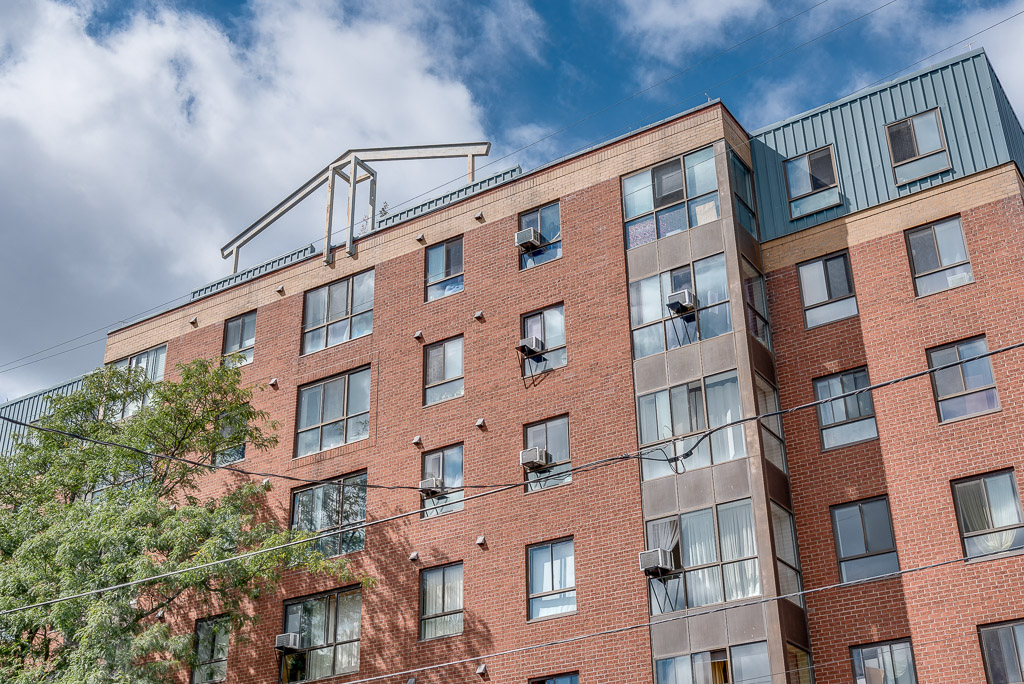
Partners in Your Success
We're here to help co-op housing communities grow and succeed. Our unique data-driven performance reporting and useful resources support our clients with sound business practices to sustain thriving communities. Let's build a better future together.
Popular Tools & Resources

We are the Agency for Co-operative Housing (The Agency), a close partner of the Canadian co-op housing sector. Since 2006, we have been entrusted to administer co-operative housing programs for Canada Mortgage and Housing Corporation (CMHC). Together with our sector and government partners, we strive to guide our clients to successful operations and strong vibrant communities.
Recent News
Audit Fees on the Rise for Housing Co-ops
In recent years, with sustained high inflation affecting many goods and services, we looked at the audit fee data...
Looking at the Data behind Canada’s Rental Market Report in 2024
In late January, CMHC released the Fall 2024 Rental Market Report, which has data about rental markets in different...
Celebrating the First Year of the Rental Assistance Calculator
The Agency celebrated the first anniversary of the launch of the Online Calculator for the Rental Assistance Program...


